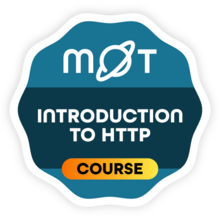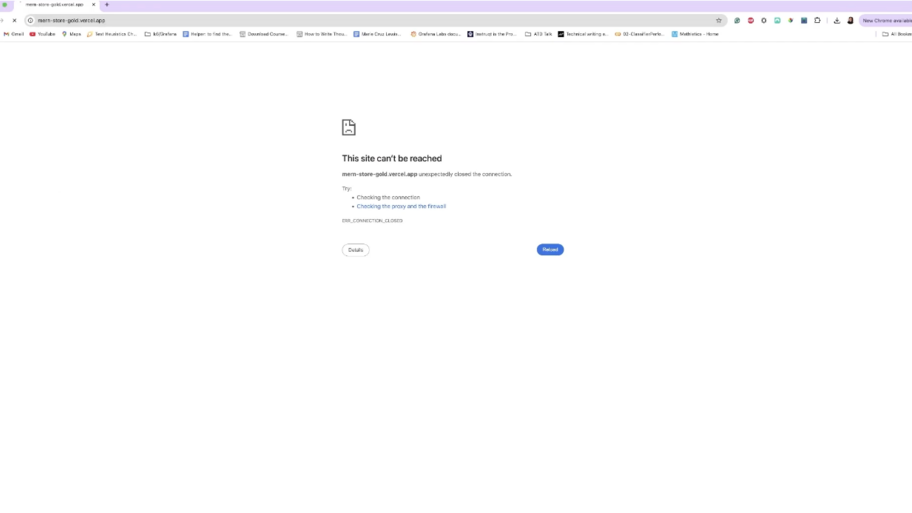Mirza Sisic
Senior Test Analyst
I am Open to Write, Speak, Mentor, Podcasting
I'm a tech geek, casual gamer, and sci-fi enjoyer. I love talking about software testing and being part of the testing community.
Achievements
































Certificates

Awarded for:
Achieving 5 or more community stars
Activity

liked:

Learners and Teachers now earn stars

liked:

Apply autism-aware design principles to improve software usability for autistic and neurodivergent people.

liked:

Learn how to build security into your day-to-day testing!

achieved:

This badge is awarded to members who complete the Introduction to Java course.

achieved:

This badge is awarded to members who complete the Coding for non-coders course.
Contributions

Recognise your true value as a tester, navigate salary negotiations with confidence, and make the most of benefits beyond pay

There was a post on social media where people were asked to describe their job as poorly as possible. I said I basically click things and pester people with questions!
How would you describe you...

Eighteen months, 19 modules, and 59 amazing contributors later, the MoT Software Testing Essentials Certification is complete!
Looking back, my favourite part has been seeing so many community m...

During filming for Module 18 of the MoT Software Testing Essentials Certificate, Marie Cruz put a demo e-commerce site through its paces with a k6 Studio load test and managed to reveal a hidden we...

Evaluate the pros and cons of low-code automation tools through a tester’s hands-on experience selecting a solution

Low-code test automation tools are software solutions that allow users to create, manage, and execute automated tests with minimal to no traditional programming knowledge. They achieve this by using:
Visual interfaces: Often drag-and-drop elements, flowcharts, or graphical editors.
Record-and-playback: Users perform actions on the application, and the tool records these actions to generate test steps.
Pre-built components and templates: Reusable modules for common testing scenarios.
AI/ML capabilities: For features like self-healing tests (automatically adapting to minor UI changes) and smart locators (intelligently identifying elements).
This approach empowers a wider range of team members, including manual testers, business analysts, and product managers, to contribute to test automation, speeding up the testing process and improving overall software quality.

In software development, scope creep refers to the uncontrolled and gradual growth of a project's requirements, features, or work beyond what was originally agreed upon. This often happens without proper evaluation, documentation, or adjustment to the project's budget, resources, or timeline. Managing scope creep is important as it helps us minimize delays in project delivery, misunderstandings, and breaches of deadlines.

SMART is an acronym for a widely used goal-setting framework. It’s short for:
S - Specific: Goals should be clear, well-defined, and unambiguous. They answer the "who, what, where, when, why, and how" of the objective.
M - Measurable: Goals must have measurable indicators to track progress and determine when they've been achieved. This involves setting metrics or benchmarks.
A - Achievable: Goals should be realistic and achievable given available resources, time, and capabilities. While challenging, they shouldn't be impossible.
R - Relevant: Goals should align with broader objectives, values, and the overall mission. They should make sense in the context of the larger picture.
T - Time-bound: Goals need a defined deadline or timeframe for completion. This creates urgency and provides a target for completion.
These are often used so individuals and organizations can set more focused, actionable, and trackable goals, increasing their chances of success and making things like performance evaluation easier.

Automated checks in software testing are essentially tests executed by software tools rather than human testers. These checks automatically compare the software's actual behavior against expected outcomes, often defined in scripts. They are designed to be repeatable and efficient and can cover various aspects of an application, from functionality and performance to security.Ultimately, automated checks aim to provide faster feedback on software quality and improve testing efficiency. It is best to use them when outcomes are predictable and the feature we cover has been stable for a while.

What are incident logs?
These types of logs boil down to detailed records of unexpected errors, and deviations from expected system behavior, that we discover while testing or even in the live environment. Incident logs can be used to identify new risks, keep track of them, give us insight into what needs resolving, and generally help us improve the quality of our product.

A risk policy is a set of rules, guidelines, and procedures that are meant to help us identify, determine, and deal with risks related to software development and testing. Risk policy can help us make more informed decisions regarding resource allocation and prioritisation of our testing efforts.

The risk matrix serves to give us a visual representation of the relation between the likelihood of a risk occurring and the ramifications of its potential impact. Each risk is given a rating of the impact of the risk occurring and how likely it is to occur. The most essential components of the risk matrix table are the likelihood of the risk occurring and its potential impact. Each cell in the table represents a different level of risk.(Module 6 STEC)